California areas plagued by wildfires earlier this year now must evacuate during strongest-ever ‘bomb cyclone’ which could trigger mudslides and floods
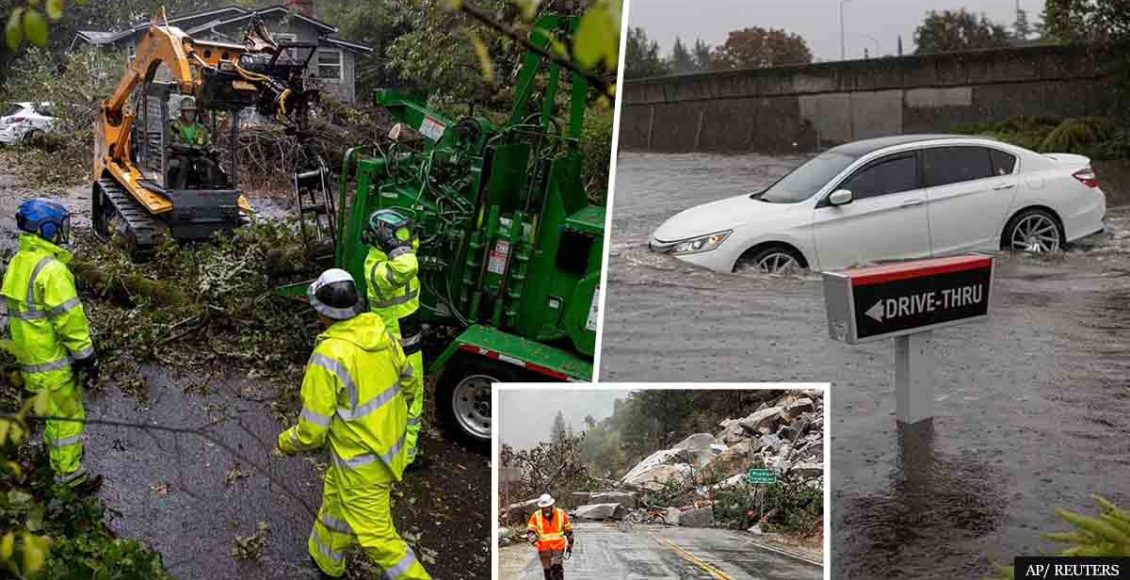
In California, a “bomb cyclone” caused evacuations in the same areas hit by wildfires earlier this year.
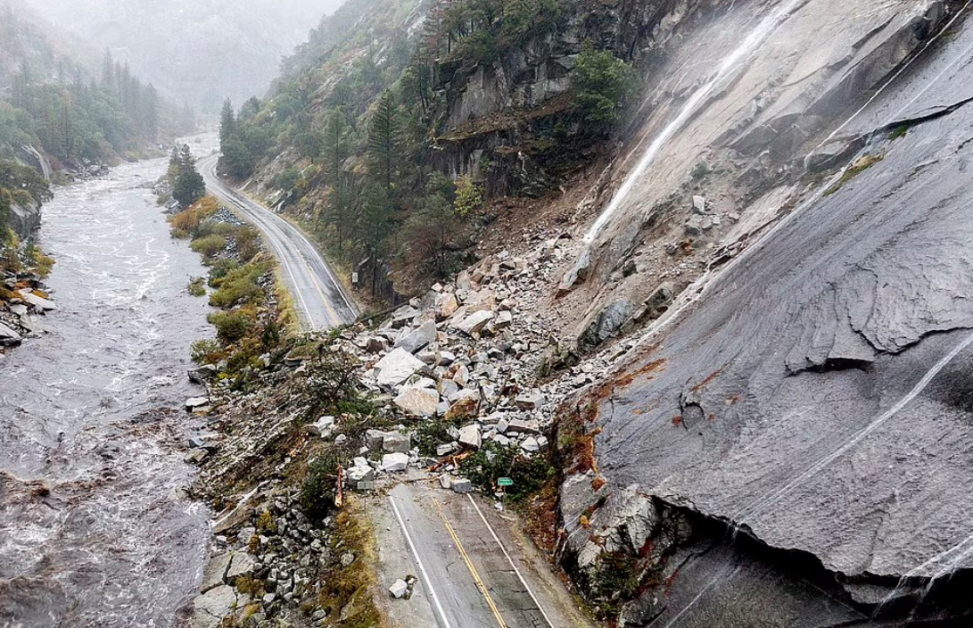
On Sunday, October 24, a “bomb cyclone” hit California, forcing evacuations in regions hit by wildfires and urging stat-at-home orders in other parts of the state. Reportedly, it was the strongest wind system ever recorded.
As the storm hit, power lines were downed, mudslides triggered, and roads closed, Daily Mail reports.
More than 168,000 California residents were left with no power. Nearly 172,000 people in Washington and 30,000 in Oregon had the same fate. Northern California suffered the most.
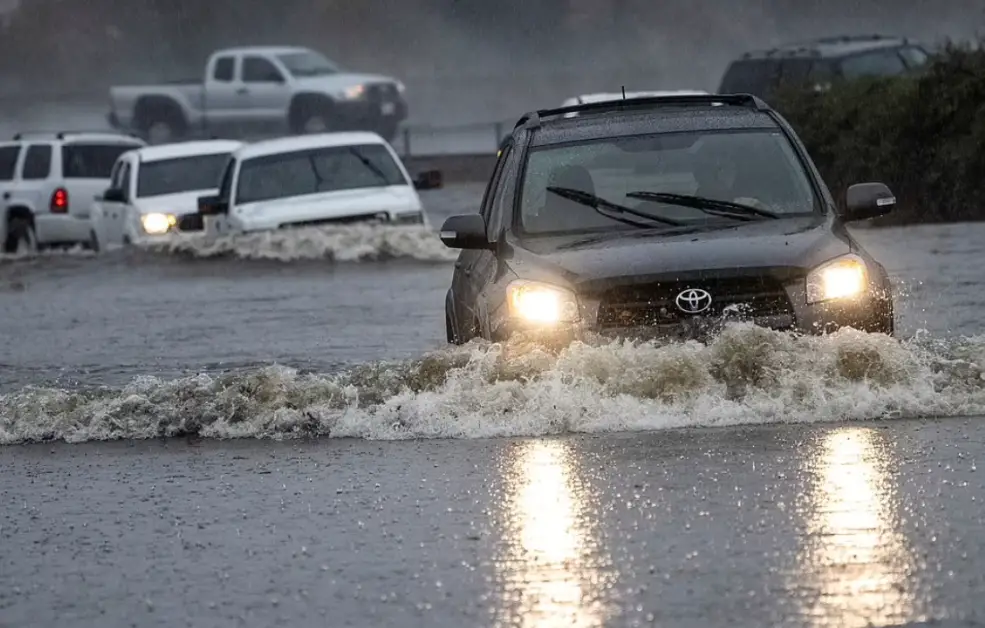
As of 2:15 pm PT, over 130,000 households in the Bay Area were without power, PG&E stated. In the North Bay, 50,576 customers experienced power outages, along with 43,556 on the Peninsula, 21,773 in the East Bay, 7,523 in the South Bay, and 7,234 in San Francisco.
Up to 10 inches of rain was expected to wash over the West Coast.
Meteorologist Marc Chenard of the Weather Prediction Center at the National Weather Service said:
“It’s an atmospheric river already moving through northern California.”
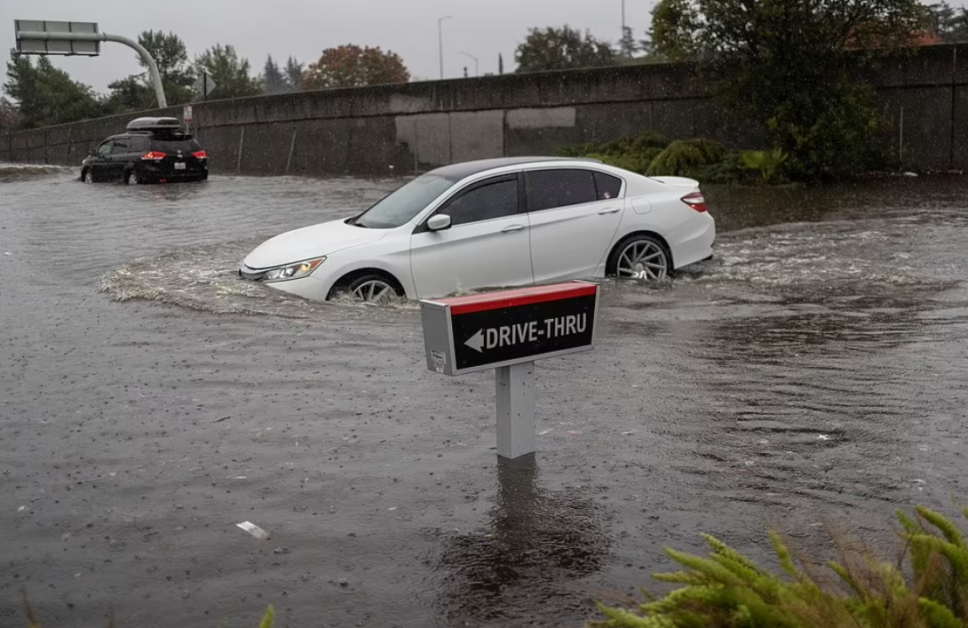
The “bomb cyclone” follows the severe California wildfires. As of Sunday, a total of 8,106 fires have been recorded, burning 2,495,174 acres (1,009,761 ha) across the state.
The U.S. Drought Monitor claims the region is in severe, extreme, or exceptional drought. Chenard commented:
“Warnings are of life-threatening flash flooding in and around the burn scars. Burn scars, that’s the area where the water tends to run off quicker so that’s where the biggest flash flood risks are.”
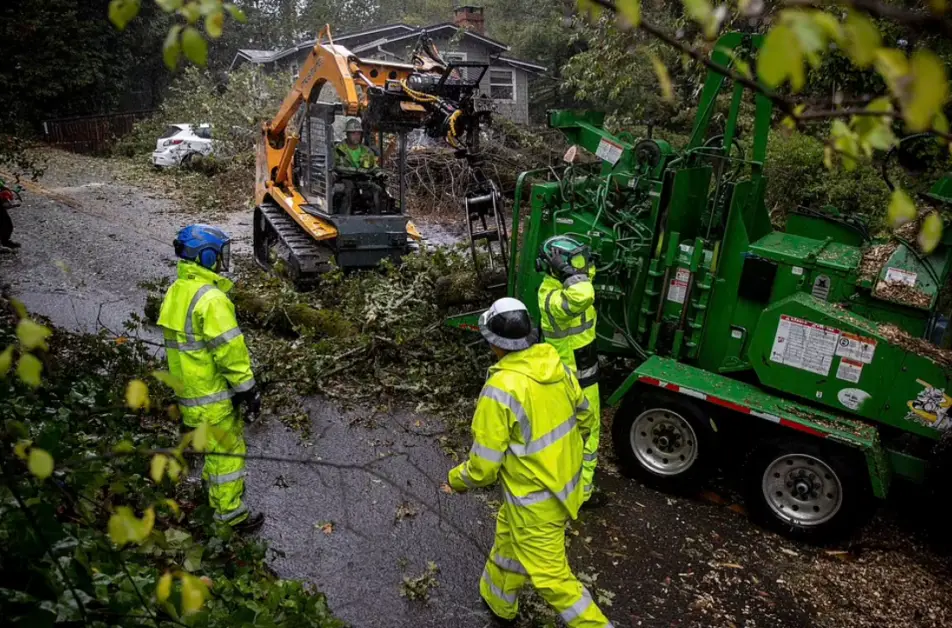
Following the storm, the burn scars of the Dixie Fire and North Complex were critically affected. There were multiple mudslides reported in the Sierra Nevada mountains northeast of San Francisco.
San Mateo, Santa Barbara, and Santa Cruz issued evacuation orders.
Governor Gavin Newsom’s office of emergency services said in a statement:
“Resources have been deployed to these locations as flooding after fire is often more severe, as debris and ash left from the fire can form mudflows. As rainwater moves across charred ground it can also pick up soil and sediment & carry it in a fast-moving stream of floodwaters.”
Resources have been deployed to these locations as flooding after fire is often more severe, as debris and ash left from the fire can form mudflows. As rainwater moves across charred ground it can also pick up soil and sediment & carry it in a fast-moving stream of floodwaters. https://t.co/RW0533RTq3
— Cal OES (@Cal_OES) October 24, 2021
Meanwhile, San Mateo County residents who were not under evacuation were ordered to stay home.
Our 9-1-1 dispatchers are fielding a large number of calls during this storm emergency. You can help by following emergency officials’ instructions. If you can stay put, do not travel today. https://t.co/tPqgwBwjxV
— County of San Mateo (@sanmateoco) October 24, 2021
The Sacramento office of the National Weather Service tweeted:
“Stay home if you can, and if not, make sure to drive with caution!”
The Sacramento Office of Emergency Service added:
“Remember – never drive through standing water! Turn around, don’t drown!”
Mesmerizing imagery from space today of the amazing bomb cyclone and Category 5 atmospheric river slamming into the West Coast. #CAwx #ORwx #WAwx pic.twitter.com/QgMM1y1Xo2
— US StormWatch (@US_Stormwatch) October 25, 2021
Chenard warned there would likely be snowfalls in higher elevations. He said:
“It’s a pretty impressive storm system. It’s happening now and it’s going to continue into the day tomorrow. It will be gradually shifting southward across Central California tonight and tomorrow.”

